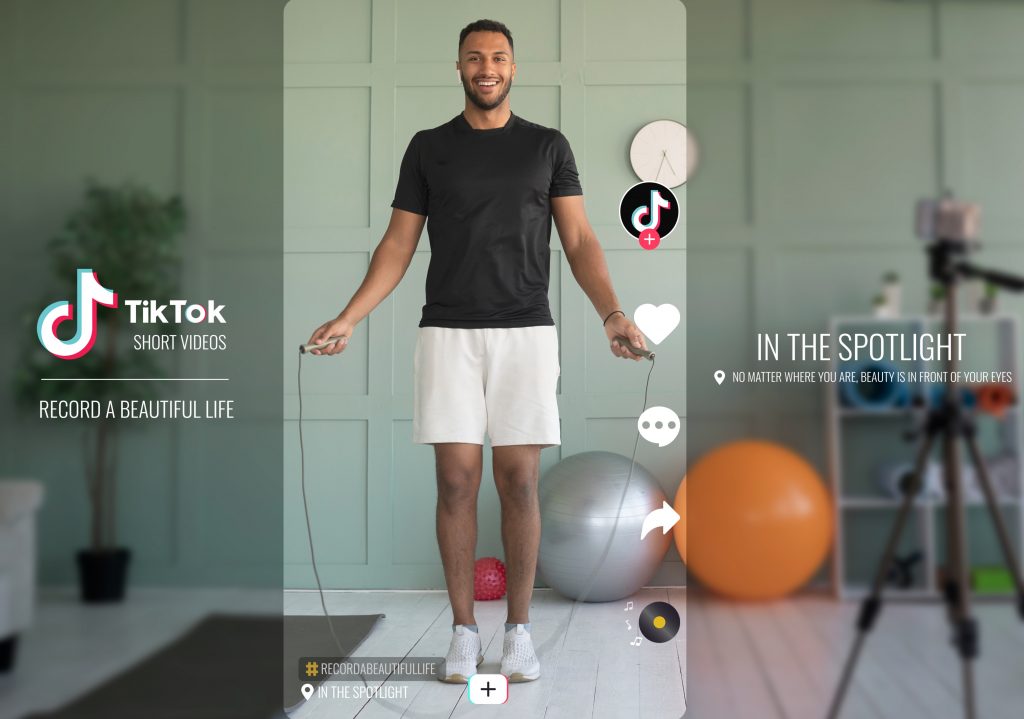The relationship between marketing agencies and their clients is a lot like a marriage. You meet, you court, you fall in love, you get married. Then, like all good marriages, you enjoy a honeymoon. It could be a few weeks or a few months.
After that, like any marriage, you come to a fork in the road. You will either go on to live happily ever after or you will experience the business equivalent of a divorce – you will get fired. Dumped. Canned.
It all seemed so good, so promising. You signed a contract, they were paying their retainers (and on time, at that!). You were optimizing their SEO, ghostwriting their blogs, tweeting, posting fabulous things for them on Facebook, and doing the things their business needed done to generate more traffic and drive more leads.
This relationship, this marriage, has to work for both parties or it is destined to come apart. There are four key areas in which you should qualify the relationship:
1. B.A.N.T;
2. G.P.C.T;
3. Culture;
4. Resources & Logistics.
Budget, authority, needs, time (BANT) covers the fundamentals of any agency-client relationship. Nothing moves forward with these items being addressed. With the basics taken into account, you next need to look at the long-term issues, the goals, plans, challenges, and timelines (GPCT) that will shape the relationship.
Too many agencies tend to overlook whether they and their clients are a good fit in terms of each organization’s culture. This isn’t some big screen romance where love conquers all, it’s a business relationship and it’s important that you share common values and attitudes about how to achieve your mutual goals.
Finally, you need to have the resources to do the job, the personnel, skills, and technology. And, the relationship has to fit within the framework that is contemporary life. Say what you will, but geography matters, time zones count. Be sure you have the people to do the job and you understand the limitations time and distance impose if those are going to be part of your relationship.
Vet The BANT & GPCT
Of the four qualifying areas, address these things first: budget, authority, needs, and time (BANT). If you can’t get past this, the rest doesn’t matter.
Budget – What you do is valuable and it costs money. If they have no budget, either for you or the things you recommend they do, there’s no point in going any further.
Authority – It may sound obvious but make sure you are speaking with the person who has the authority to hire you.
Needs – Understand what your client needs. It’ll come in handy later when you determine whether your agency can fulfill those needs.
Time – Are they ready to begin work now or are they still kicking the tires?
Once you know their timeline, you can plan accordingly.
Know a client’s goals, plans, challenges, and timelines (GPCT) will help you flesh out where this relationship is headed.
Goals – Can’t meet their goals if you don’t know what they are.
Plans – Do their plans to meet their goals include inbound marketing? If not, why are you there at all?
Challenges – Determine which challenges are keeping them from meeting their goals so you know if you have the solutions they need.
Timelines – Inbound marketing usually show results pretty quickly. But getting results and meeting goals are two different things. Make sure everyone has realistic expectations of the timelines needed to meet the goals you set.
Vet The Culture
You might have the resources to help a client and they may have the budget to get the work done, but too often, agencies overlook whether or not a client is a good fit for them culturally.
If the work the client needs is not something you’re passionate about doing, you may not give them their due. You will do the work but only because you need the money. Yes, everybody needs money, but partnering up with a company about whose work you care little about can only lead to a negative experience for you both.
Make sure the client’s culture and your agency’s culture are a good fit. If they’re a button-down, strictly by the rules kind of company and yours is an agency that likes to experiment and push the envelope now and again, maybe you’re not right for this job.
Think back on the clients you enjoyed working with and try to find those types going forward.
Vet The Resources & Logistics
You can be as creative as you want, but there are certain realities every agency faces.
You must have the staff necessary to meet this new client’s needs. Otherwise, you risk jeopardizing your other accounts by reassigning precious human resources from existing clients to work for this new one.
If the client is in a different time zone and the work is time-sensitive, are you prepared for those immutable laws of physics? East coast/West coast sometimes works to your advantage; at other times, depending on the client’s schedule, it means 5:00 a.m. conference calls or 8:00 p.m. meetings.
What’s the contact frequency? Is your client expecting you to be on-call for texts, emails, and phone calls anytime they want? Every day? Nights and weekends? Whatever you decide is fine as long as you decide it together and everyone is clear about what’s been agreed upon.
Many clients are unfamiliar with all the moving parts involved in creating and sustaining a successful inbound marketing initiative. If your client(s) are among those uninitiated in the ways of inbound, set aside some time to give them at least a fundamental education in the basics of inbound marketing. It will make the rest of the relationship go more smoothly as you execute various stages of the strategy.
Inbound marketing relies heavily on technology. You know that, the client knows that. But do they know enough to implement those programs? Operate these programs? Maintain them? Depending on their level of experience, keep in mind you may need to invest time in helping them get up to speed on some of the technologies you will implement to get the job done for them.
Adopted from “Why You Get Fired” by Julie Devaney, Director with the HubSpot Services Team



